Highhardness forging
High-hardness forging is a specialized manufacturing process used to produce components with exceptional strength, durability, and resistance to wear and tear. This technique involves shaping metal under extreme pressure and temperature to achieve a dense, high-strength microstructure. High-hardness forged parts are critical in industries where components are subjected to heavy loads, high stress, or harsh environments, such as aerospace, automotive, oil and gas, and heavy machinery.The process begins with selecting high-quality raw materials, typically alloy steels or superalloys, which possess the necessary properties to withstand the forging process and end-use conditions. These materials are chosen for their ability to achieve high hardness levels while maintaining toughness and resistance to fatigue. The forging process itself involves heating the metal to a specific temperature, often above its recrystallization point, to make it malleable. The heated metal is then shaped using mechanical presses, hammers, or dies to achieve the desired form.One of the key advantages of high-hardness forging is the refinement of the metal's grain structure. The intense pressure applied during forging aligns the grains in the direction of the applied force, resulting in a uniform and dense microstructure. This grain alignment enhances the material's mechanical properties, including tensile strength, impact resistance, and fatigue life. Additionally, the absence of voids or porosity in the forged part ensures superior performance under demanding conditions.High-hardness forging also allows for precise control over the component's dimensions and tolerances. This precision reduces the need for extensive machining, saving time and material costs. Furthermore, the process can be tailored to produce complex geometries, making it suitable for a wide range of applications, from engine components and turbine blades to heavy-duty gears and crankshafts.Post-forging treatments, such as heat treatment and surface hardening, are often applied to further enhance the component's hardness and wear resistance. Techniques like quenching, tempering, and case hardening can be used to achieve specific material properties tailored to the application's requirements.In summary, high-hardness forging is a critical manufacturing process that delivers components with exceptional strength, durability, and precision. Its ability to produce parts capable of withstanding extreme conditions makes it indispensable in industries where reliability and performance are paramount. By leveraging advanced materials, precise techniques, and post-forging treatments, high-hardness forging ensures the production of components that meet the highest standards of quality and performance.
Products
Category:
No search results found!
News
Category:
No search results found!
Case
Category:
No search results found!
Video
Category:
No search results found!
Download
Category:
No search results found!
Job
Category:
No search results found!
Featured Products
No search results found!



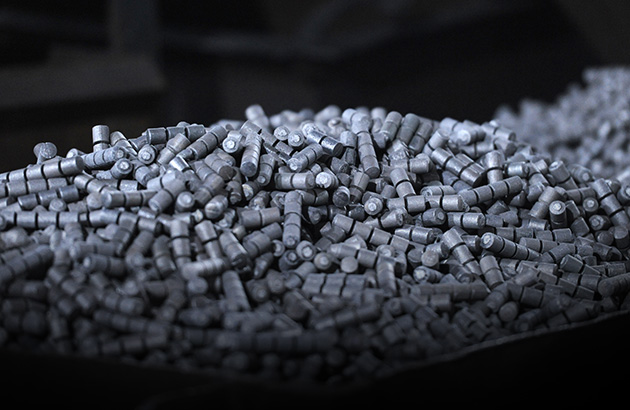
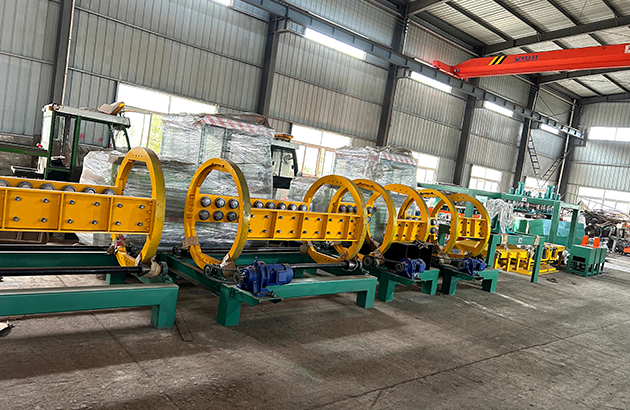

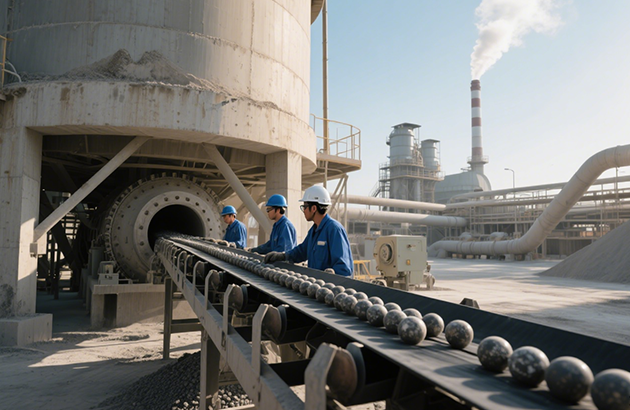
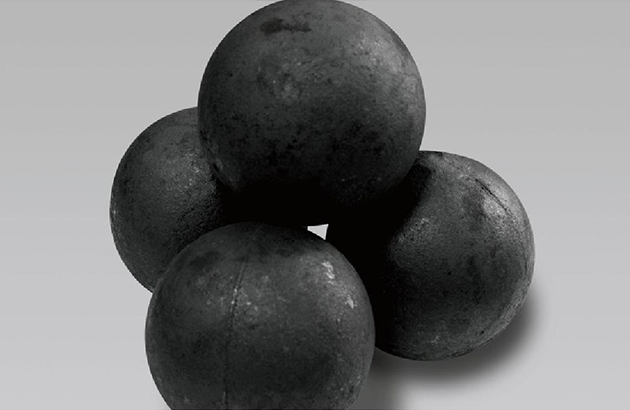
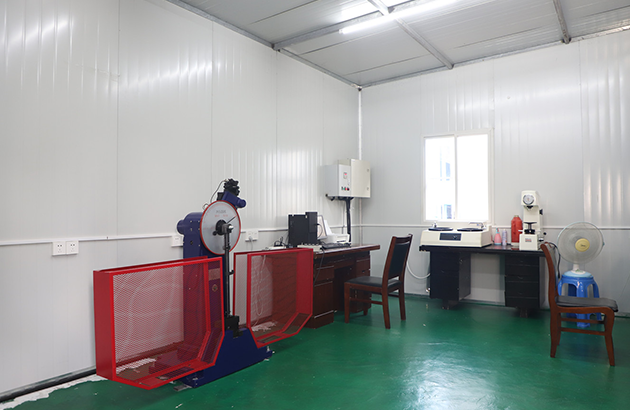

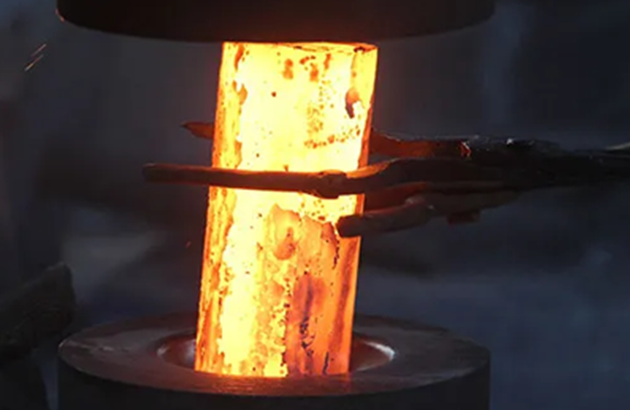






 Phone
Phone